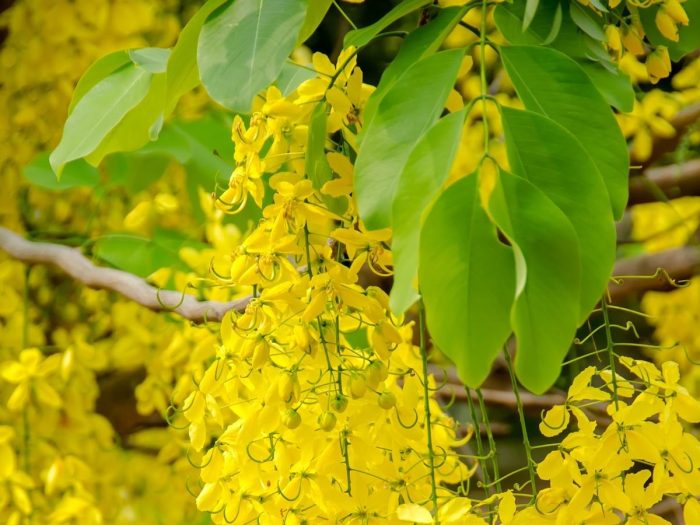Cedar is found is the high country were the temperatures are cooler. Cedar can grow up to 100ft tall in high elevations. Cedar is another of the essential oils out there that can be reference back to the bible. Check these out: Leviticus 14:4,6,49, 51-52; Numbers 19:6, 24:6; II Samuel 5:11, 7:2,7; I Kings 4:33, 5:6,8,10, 6:9, 9:11; II Kings 19:23; I Chronicles 22:4, II Chronicles 1:15, 2:8, 9:27; Ezra 3:7; Isaiah 41:19; Ezekiel 17:3,22-23; Zechariah 11:2 The Egyptian used cedarwood oil to help with embalming their dead. North American Indians used it to enhance their spiritual communication. The essential oil is steam distilled by using chips of cedar wood. Cedarwood essential oils have many uses:
Cedarwood essential oils are used directly on open wounds as an antiseptic allowing your white blood cells to focus their efforts in other areas. Is is being used more and more for arthritic patients because of it's anti-inflammatory abilities. People with muscle spasm issues, restless leg syndrome, or asthma can benefit from the topical or diffused use of cedarwood essential oil due to is antispasmodic qualities. Cedarwood is also a diuretic allowing the user to urinate more which gets rid of toxins in the body like uric acid and helps get rid of water weight. It can be used for stabilizing the menses cycles of women with issues as well as help with the pain that can be brought on by menses. You can mix a little Lavendar essential oil and some cedarwood with a carrier oil and use it as an insect repellant. Mosquitoes do not like cedar neither do flies. If you diffuse cedarwood essential oil in your home insects will stay away. When mixing equal parts pine and cedarwood and diffusing you can also alleviate coughs and congestion when sick or suffering from allergies. When diffusing it can release serotonin which is helpful when trying to relax or sleep and is great for people with anxiety. Adding a few drops to your shampoo will help get rid of dandruff or a one or two drops in your facial toner or moisturizer for added clarifying properties.
Cedarwood blends well with many different oils such as: Bergamot, Cypress, Juniper, Jasmine, Frankincense, Lavendar, Lime, Lemon, Rose, and Rosemary. The mixture of any of these scents will make a wonderful smelling, relaxing home.
Cedarwood is a very potent oil and should be used with caution. Use great care when taking internally and always use with a carrier oil when applying on the skin. If pregnant you should not use cedarwood at all. Children should not use cedarwood as well.

